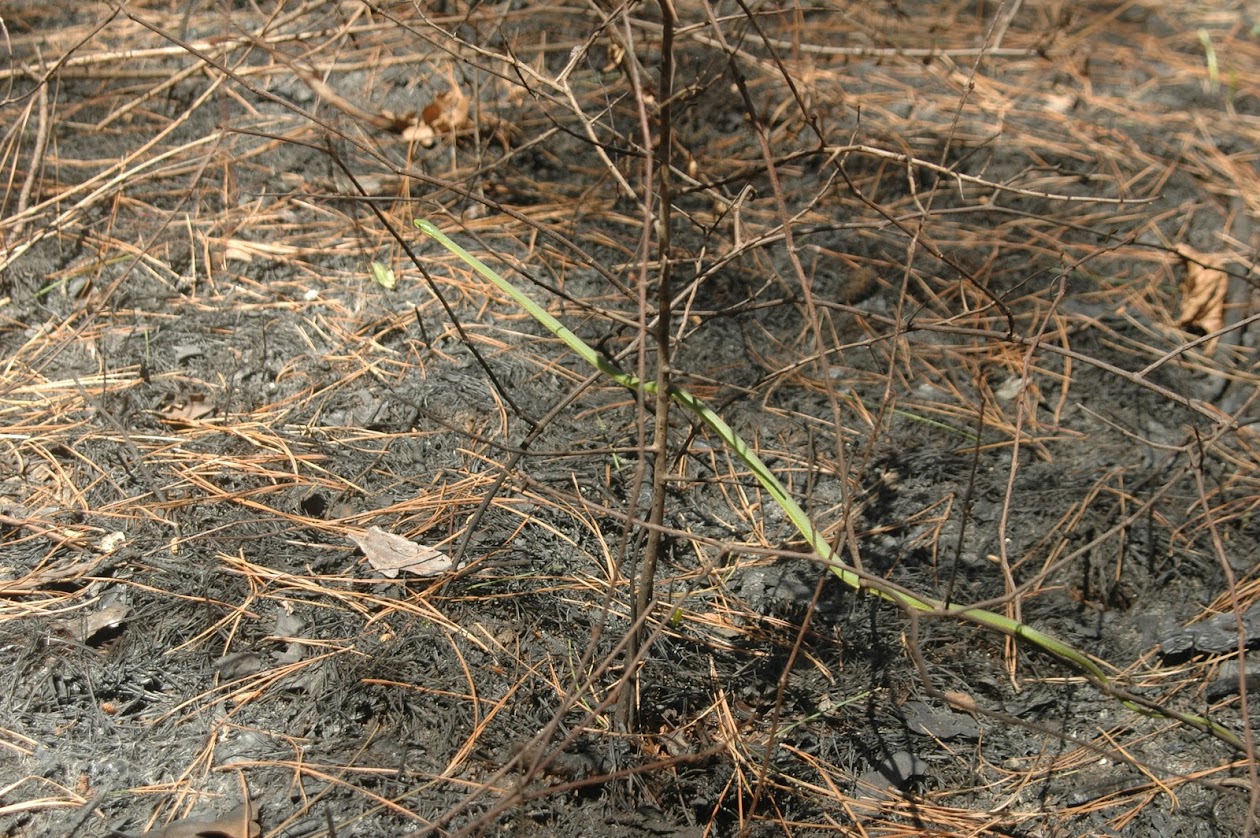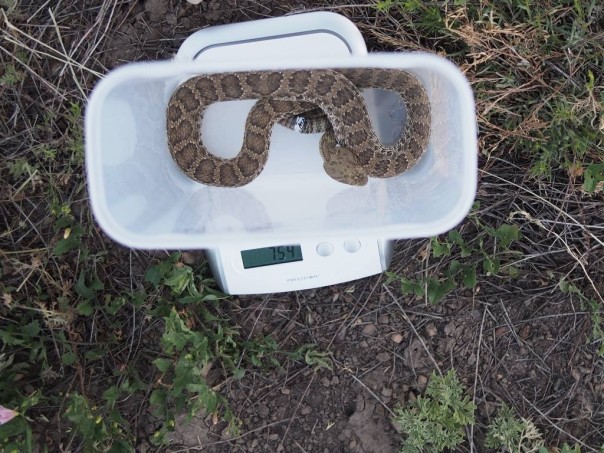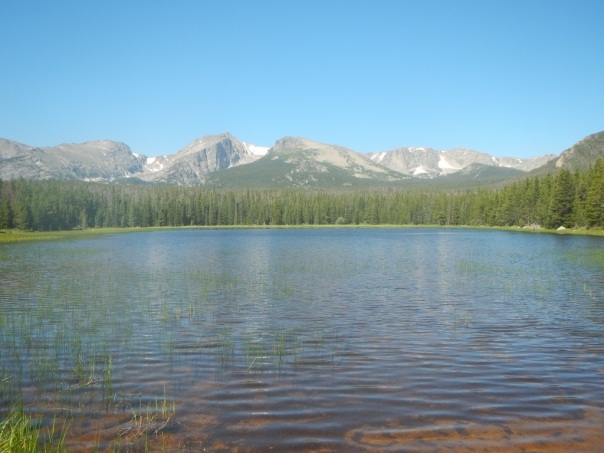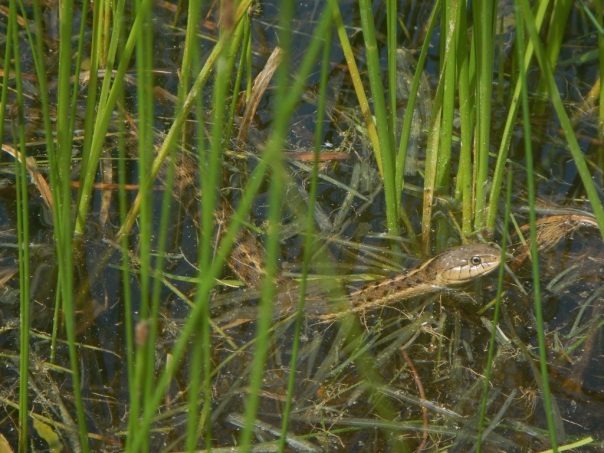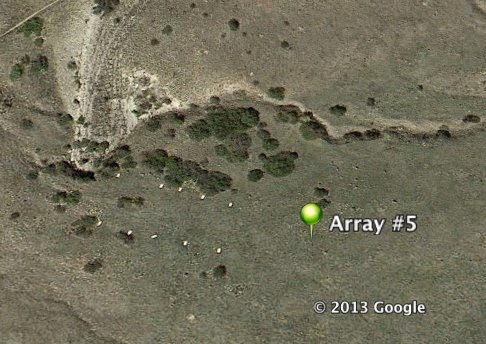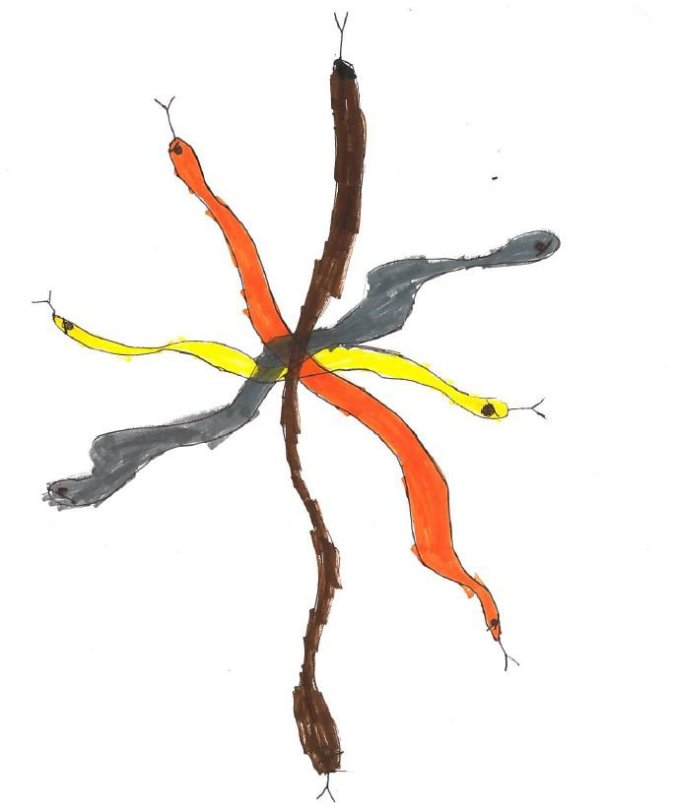
Midget Faded Rattlesnake – in situ
in situ snakes – what does this really mean? To me it means “as found” but literal translation from Latin means “in position”. The Merriam-Webster Dictionary defines in situ as “in the natural or original position or place”. So what does this mean for snake conservation?
Let’s use rattlesnakes as an example for what in situ means for snake conservation. Popular media sources tend to only use photos of defensive rattlesnakes because these are the exciting photos. These photos are rarely of snakes as they were found but rather of a snake that has been harassed into posing, striking, and rattling. Even in video sessions, the photographers are trying to get the snake to strike the camera. THERE IS NOTHING “AS FOUND” IN THESE PHOTOS! The truth of the matter is that in situ rattlesnake photos are boring to most people because they do not instill fear and danger – they simply show the snake “as found”. These boring photos and videos do not sell so photographers don’t take them or don’t share them. In addition, the vast majority of snake photos are “nature faked” and really don’t show us much about the snake’s habitat, behavior, or precise posture while in the field. Photographers do this to eliminate shadows, bright light, ugly backgrounds, and a whole host of other reasons. I love to spot the same background in two different (or more) photos of different snakes – these photos tell me that someone used a controlled setting to get the right photo. This was a common practice back in the film and slide days when photography was expensive.
THIS IS CHANGING!!!!! With the advent of digital photography and social media, photographers are taking and sharing more photos than ever before. We have “find the snake” contests and other avenues for showing rattlesnakes “as found”. People are enjoying seeing rattlesnakes as they typically are found partially hidden and quiet rather than defensive and scary. This is very, very good for snake conservation! Photos can and do dispel myths about these snakes. We just need to show people how rattlesnakes typically behave and it brings a new appreciation to snakes that otherwise is covered by the fear generating “striking” photos. New videos are showing the amazing behaviors of rattlesnakes such as maternal care, interspecies interactions, and predation – please go check out Social Snakes (www.socialsnakes.org) for some world class examples of what we can learn from rattlesnakes if we just slow down and WATCH them.
So, the Center for Snake Conservation is always looking for more in situ photos and could use your help. If you have some you want to share – please email them to cscphotos@snakeconservation.org and we will certainly give you photo credit.
Below are a few “as found” (in situ) photos that I took of snakes for you to enjoy.
Until later,
Cameron
Center for Snake Conservation
Eastern Diamond-backed Rattlesnake
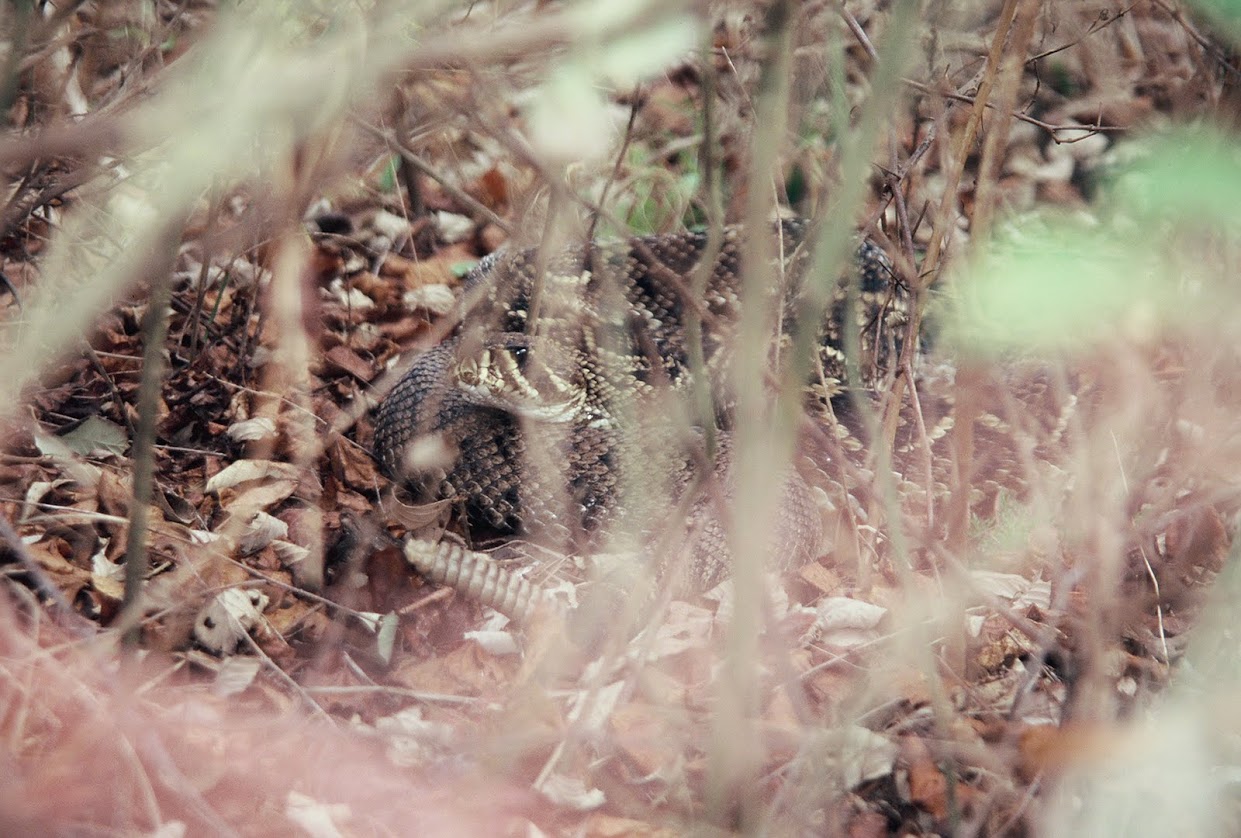
Eastern Gartersnake

Prairie Rattlesnake

Eastern Kingsnake
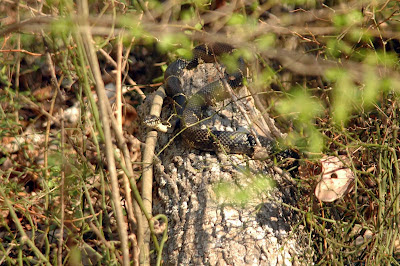
Rough Greensnake
